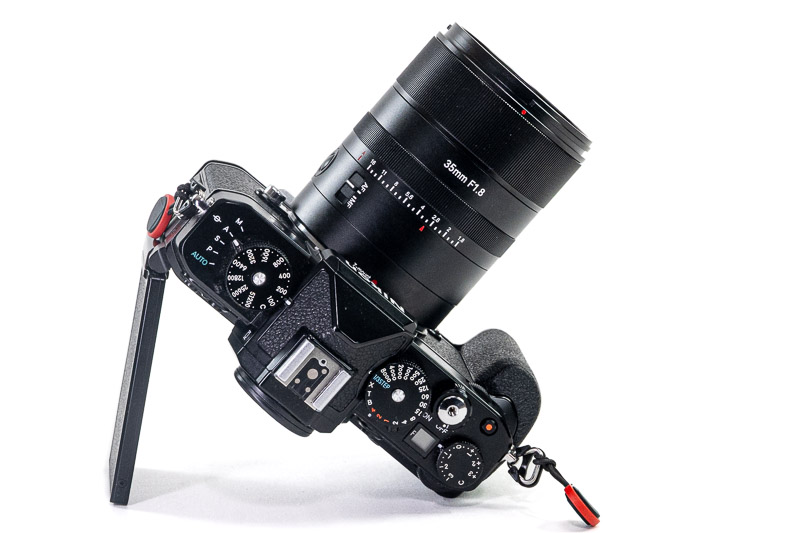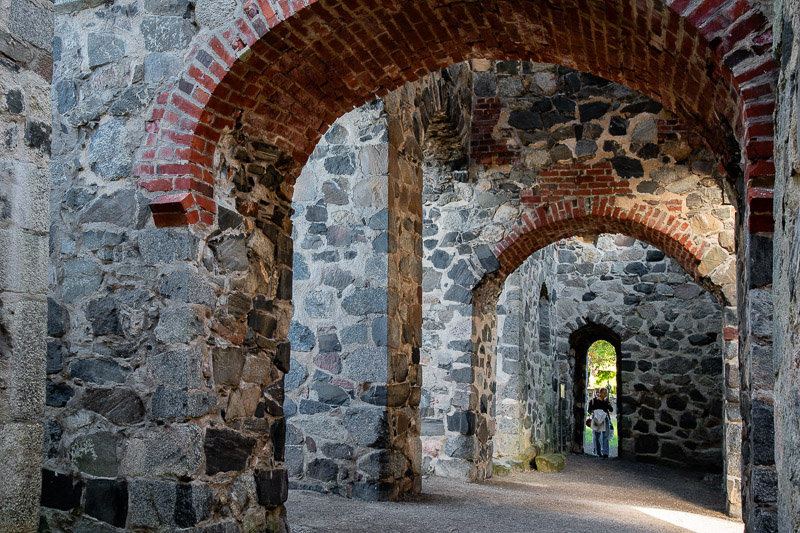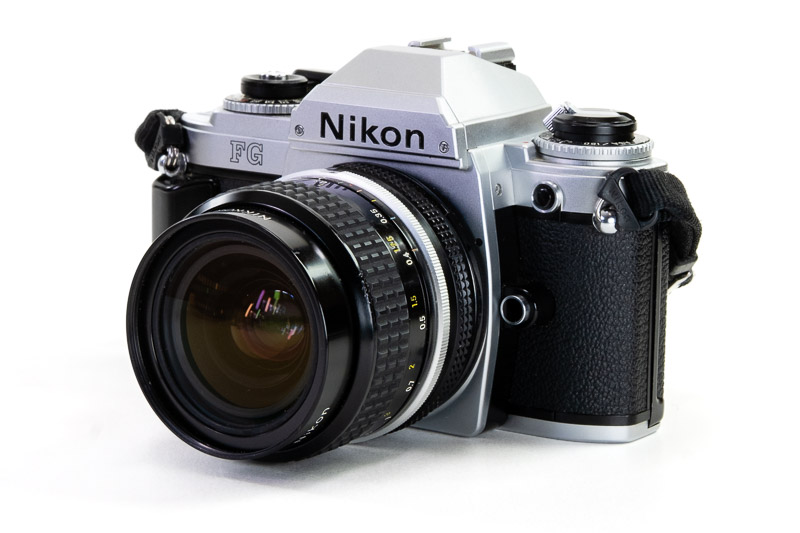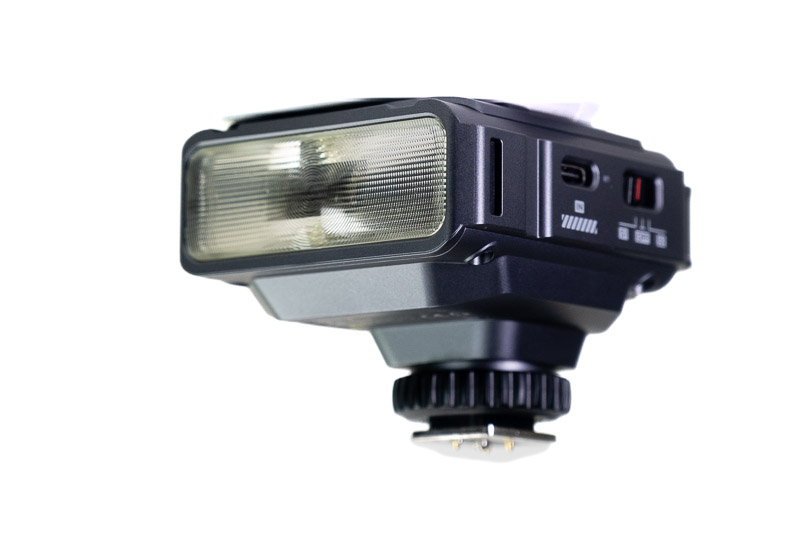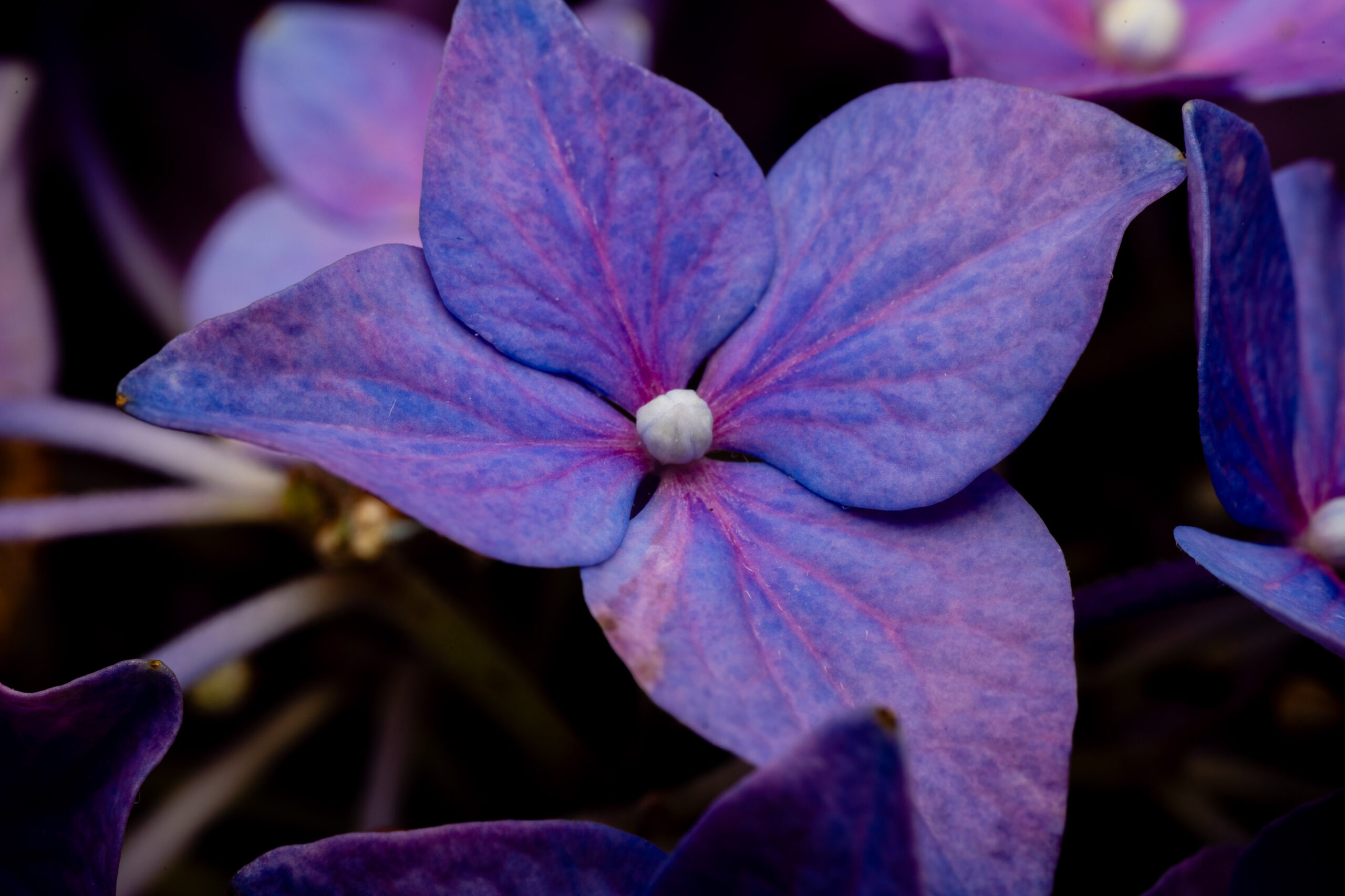Introduction
After getting back into film and starting the Analogue Photography series with the iconic Kodak Tri-X, I turned to its European counterpart for this round — the equally legendary Ilford HP5 Plus. Long favored by press photographers, photojournalists, and enthusiasts who needed a reliable workhorse, HP5 Plus has earned its reputation as a versatile and forgiving black-and-white film.
For this installment, I chose a location much older than the film stock itself — a historic engine factory that felt like the perfect match: the Pythagoras Hot-Bulb Engine Factory.

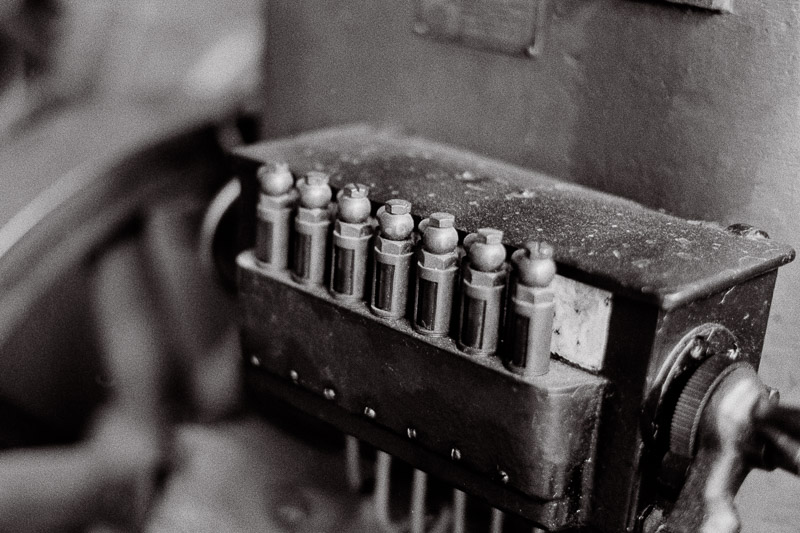
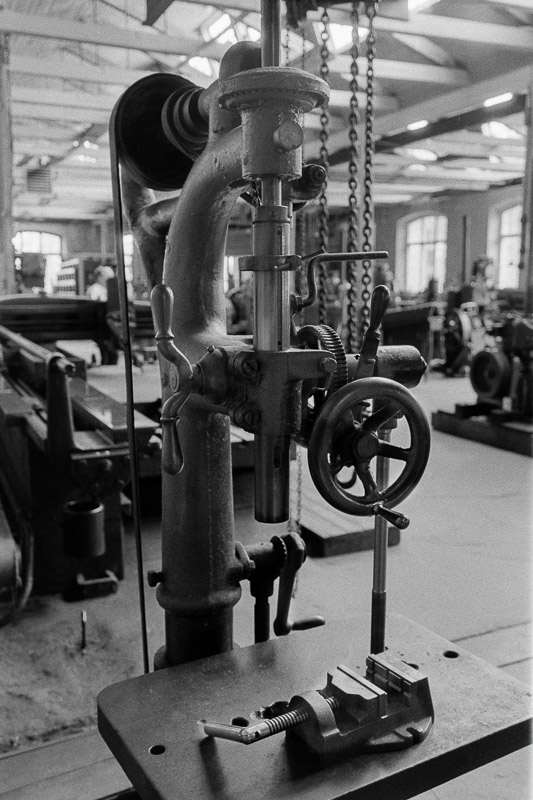
Continue reading Analogue Photography: Part 4 – Ilford HP5 Plus at a Historical Engine Factory
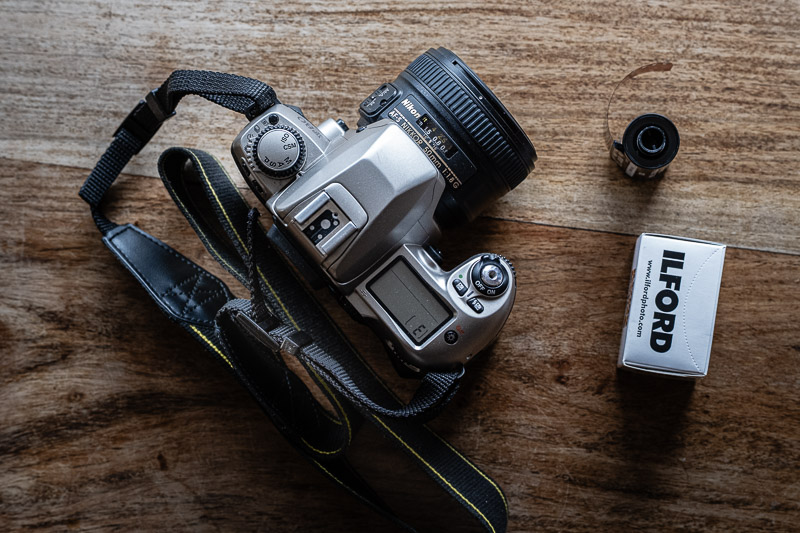

 You can see this review as a
You can see this review as a 





